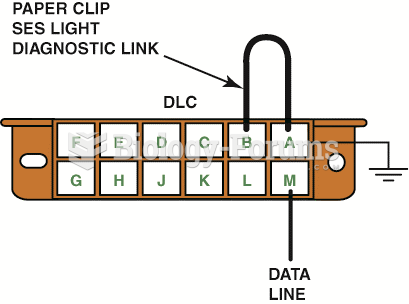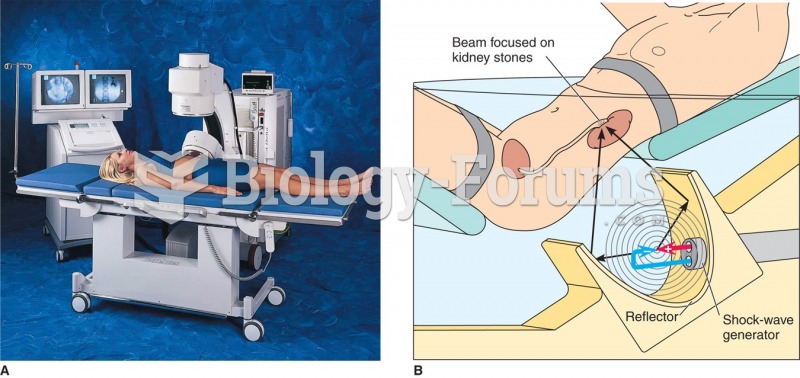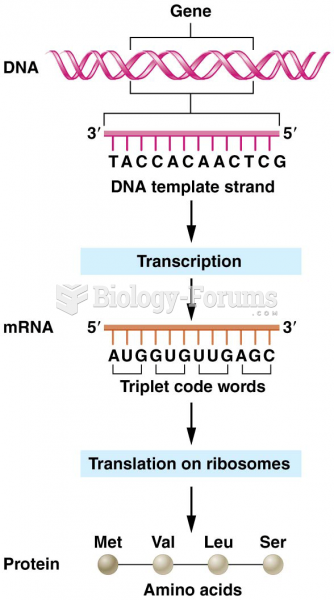This topic contains a solution. Click here to go to the answer
|
|
|
Did you know?
People about to have surgery must tell their health care providers about all supplements they take.
Did you know?
Addicts to opiates often avoid treatment because they are afraid of withdrawal. Though unpleasant, with proper management, withdrawal is rarely fatal and passes relatively quickly.
Did you know?
As of mid-2016, 18.2 million people were receiving advanced retroviral therapy (ART) worldwide. This represents between 43–50% of the 34–39.8 million people living with HIV.
Did you know?
The newest statin drug, rosuvastatin, has been called a superstatin because it appears to reduce LDL cholesterol to a greater degree than the other approved statin drugs.
Did you know?
By definition, when a medication is administered intravenously, its bioavailability is 100%.
 Terminals 85 and 86 represent the coil inside the relay. Terminal 30 is the power terminal, 87a is ...
Terminals 85 and 86 represent the coil inside the relay. Terminal 30 is the power terminal, 87a is ...
 To retrieve flash codes from an OBD-I General Motors vehicle, connect terminals A and B with the ...
To retrieve flash codes from an OBD-I General Motors vehicle, connect terminals A and B with the ...





